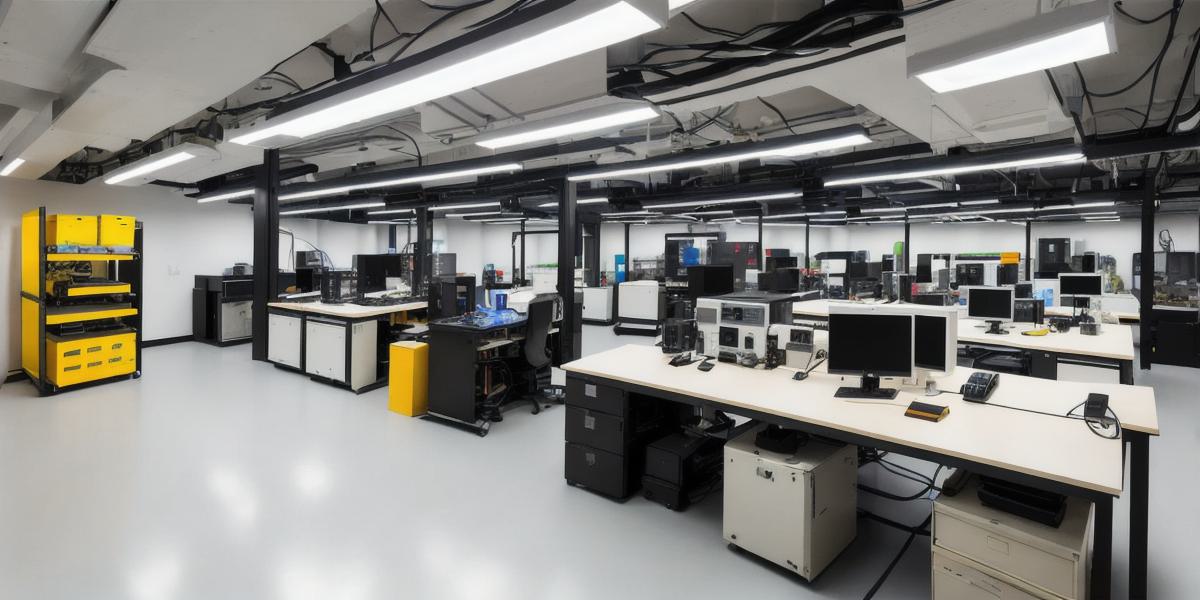Data clean rooms are secure, isolated environments designed to allow data analysts and data scientists to access and analyze customer data from multiple sources while maintaining data privacy and security. In this response, we’ll discuss some practical applications and use cases of data clean rooms.
1. Marketing Analytics
Marketers can benefit significantly from using data clean rooms for their analytics efforts. By accessing data from various sources in a clean room environment, they can gain insights into customer behavior across different platforms and touchpoints. For instance, marketers can analyze web and mobile app usage, social media interactions, and email campaigns to create more personalized and effective marketing strategies.
**Example:**
A retailer wants to understand the impact of their social media ads on sales. They access customer data from Facebook, Google Analytics, and their CRM system in a data clean room environment to identify trends and correlations between ad impressions, clicks, and sales.
**2. Cross-Channel Advertising**

Data clean rooms enable advertisers to analyze customer data from various channels, such as social media, search engines, and websites, to optimize their advertising campaigns. By understanding the customer journey across different touchpoints, advertisers can deliver more targeted and personalized ads that resonate with their audience.
**Example:**
An e-commerce company wants to improve the performance of its retargeting ads. They access data from Google Ads, Facebook, and their website in a data clean room environment to identify patterns in user behavior and tailor their ad campaigns accordingly.
**3. Fraud Detection and Prevention**
Data clean rooms can be used to analyze large amounts of transactional data from multiple sources to detect and prevent fraud. By identifying anomalous patterns and outliers, organizations can protect themselves against financial losses due to fraudulent activities.
**Example:**
A financial services company wants to identify and prevent credit card fraud. They access data from their own systems as well as external data sources, such as social media and public records, in a data clean room environment to create more accurate and comprehensive fraud models.
**4. Compliance with Data Privacy Regulations**
Data clean rooms help organizations comply with data privacy regulations, such as GDPR and CCPA, by providing a secure and controlled environment for data access and analysis. By maintaining the privacy and security of customer data, organizations can avoid potential legal issues and build trust with their customers.
**Example:**
A healthcare provider wants to analyze patient data to improve treatment outcomes while complying with HIPAA regulations. They use a data clean room environment to securely access and analyze patient data from multiple sources without compromising privacy.
In conclusion, data clean rooms offer numerous practical applications and use cases for organizations across various industries. By providing a secure and controlled environment for data access and analysis, data clean rooms enable marketers, advertisers, fraud analysts, and other professionals to gain valuable insights that can improve business performance and compliance efforts.
